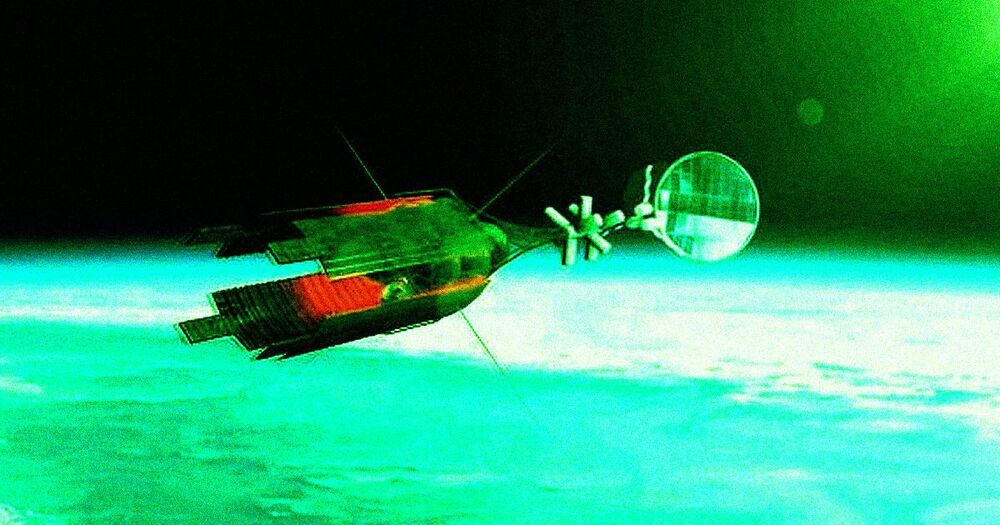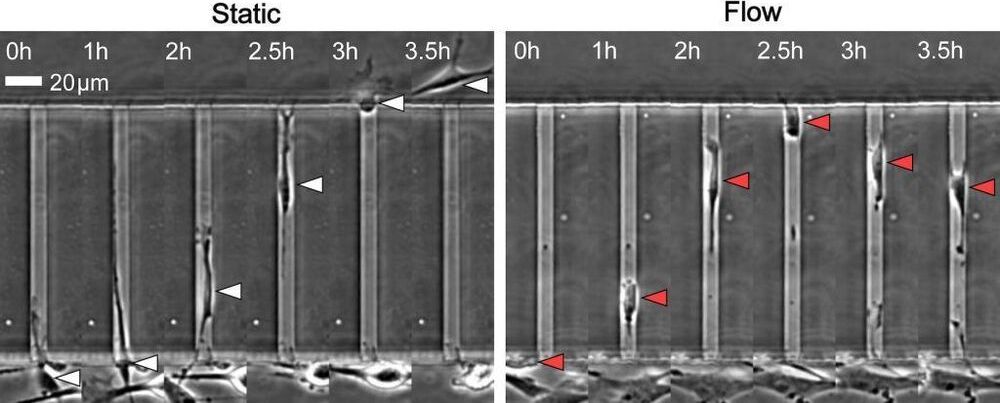Join the SRIC3 final event big party!
Here’s where you can find the Zoom coordinates to join us celebrating the 2021 Space Renaissance Congress completed:
Though the voting process will remain open until Thursday July 15th, i am happy to announce that **we have elected the new President of Space Renaissance International, Prof. Bernard Foing, and the new Board of Directors!**
Hereafter the received votes so far, that assure we passed the quorum, and the election of our new leadership.
63, 77% of the having right to vote voted so far on the 3 final motions, namely:
Final Resolution: AYE 97, 73%, NAY 0%, ABS 2.27%
Thesis 1 Motion: AYE 93, 18%, NAY 0%, ABS 6.82%






